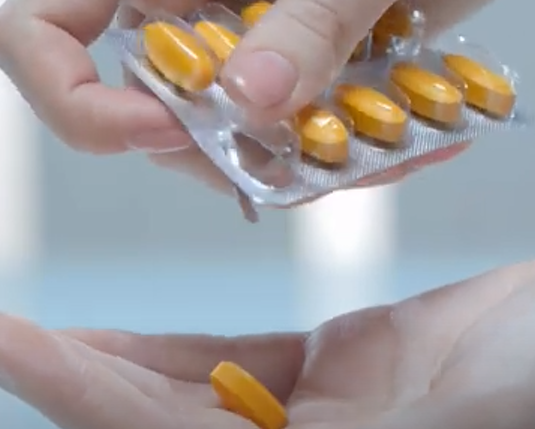Dental infections can significantly impact one’s comfort and overall wellbeing. The affliction of an infected tooth often leads to acute pain, swelling, and if neglected, can result in more profound systemic health complications. A commonly employed solution for a wide array of infections is antibiotics. However, one might question their specific effectiveness in addressing dental problems. This article aims to explore the workings of antibiotics in treating dental infections and shed light on the various options available.
Antibiotics are potent drugs used to fight bacterial infections in different parts of our body, including the dental region. They operate by either eradicating the bacteria or inhibiting their growth, thereby enabling the body’s immune system to efficiently wipe out the infection. It’s pertinent to remember, though, that antibiotics are ineffective in dealing with viral infections such as colds or the flu.
Various factors can contribute to dental infections, such as tooth decay, gum disease, or trauma, with bacteria often being the main perpetrators. When the progression of tooth decay or gum disease reaches a certain level, bacteria can infiltrate the inner layers of the tooth or gums, resulting in infection.
In combating dental infections, dental professionals might recommend a range of antibiotics based on the infection’s severity and the specific bacteria involved. Penicillin is one such frequently recommended antibiotic, given its effectiveness against numerous bacterial infections. It operates by hindering the bacteria’s capacity to construct a robust cell wall, eventually leading to their destruction.
Another common drug used to treat dental infections is amoxicillin. It bears similarities to penicillin but is absorbed more readily by the body and stays in the bloodstream for a more extended period. This prolonged presence of amoxicillin exposes the bacteria for longer durations, aiding in their elimination. For those with allergies to penicillin or amoxicillin, an alternate antibiotic such as clindamycin could be considered. Clindamycin effectively restricts bacterial protein synthesis, thus inhibiting the growth and multiplication of infection-causing bacteria. Consultation with a dentist or healthcare provider is critical in determining the most effective antibiotic for a particular situation.
Although antibiotics play an instrumental role in treating dental infections, it’s imperative to understand that they cannot serve as a standalone treatment. Along with the prescription of antibiotics, dentists may also suggest appropriate dental procedures, like root canals, dental extractions, or gum surgeries, to address the infection’s root causes. Furthermore, upholding good oral hygiene routines, including regular brushing, flossing, and dental examinations, is crucial for preventing dental infections and enhancing oral health.

